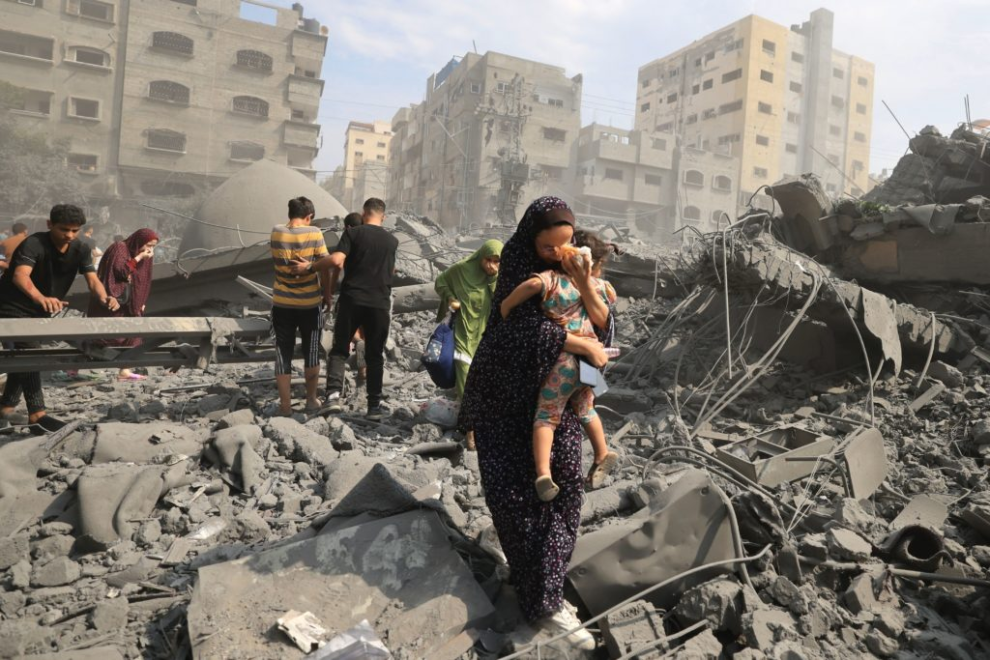IN A region burdened by prolonged conflict, the recent announcement of a ceasefire and hostage deal has prompted a collective sigh of relief, particularly among the people of Gaza. However, the temporary nature of this pause, coupled with the significant number of captives still held by Hamas, paints a precarious picture for the prospect of a definitive end to hostilities.
Gaza, a territory already grappling with the devastating aftermath of the conflict, has borne the brunt of the recent offensive. The staggering toll on human lives, estimated between 13,000 and 14,000 Palestinians, underscores the urgency of the situation. Large swathes of northern Gaza now lie uninhabitable, displacing 1.7 million people who find themselves crammed into the south, deprived of basic necessities for nearly seven weeks after Israel severed essential supplies.
While the ceasefire and promises of increased aid offer a glimmer of hope, the reality is that the shattered infrastructure and grieving inhabitants of Gaza will only experience partial relief. A UN official living near Khan Younis paints a poignant picture of the challenges ahead, raising questions about the feasibility of a political solution and the daunting task of rebuilding a region plagued by destruction.
For the families of 239 Israeli hostages believed to be in Gaza, the deal introduces a complex emotional terrain. While it provides hope for some, those with military personnel among the captives face the distressing reality that their loved ones are likely to be the last to be freed.
Ofri Bibas Levy, whose family members are among the captives, describes the situation as “inhumane,” emphasizing the uncertainty surrounding the release process and the persistent worry and sadness that will linger for many families.
Within Israel, reactions to the ceasefire are nuanced. While far-right parties largely support the deal, averting an immediate political crisis, a significant portion of the population opposes the cessation of hostilities. The military and intelligence services, despite concerns about the propaganda boost to Hamas, remain committed to the ongoing effort to “crush” the group.
The agreement faced immediate challenges, with reports of an airstrike in Khan Younis claiming 17 lives. This grim incident underscores the fragility of the situation, even as diplomatic negotiations unfold.
Israel claims significant achievements in the conflict, citing the elimination of thousands of Hamas fighters and the destruction of parts of their tunnel system. However, the evident resilience of Hamas’s infrastructure, coupled with the temporary pause, provides the militant group with an opportunity to regroup.
Prime Minister Benjamin Netanyahu, addressing sceptical ministers, assures them of the deal’s temporary nature, pledging to resume the military offensive “with full force” once the ceasefire concludes in four or five days.
The fate of the ceasefire also hinges on the approval of Hamas leader Yahya Sinwar, despite being labeled a “dead man walking” by Israeli ministers. The lingering doubts surrounding the durability of peace persist, shaped by the combination of Israeli rhetoric and Sinwar’s continued influence.
As the region navigates these complex and precarious circumstances, the road to lasting stability remains uncertain for both Israelis and Palestinians. The ceasefire, while a welcomed respite, serves as a stark reminder of the challenges that lie ahead in the pursuit of a sustainable peace in this conflict-ridden landscape.

















